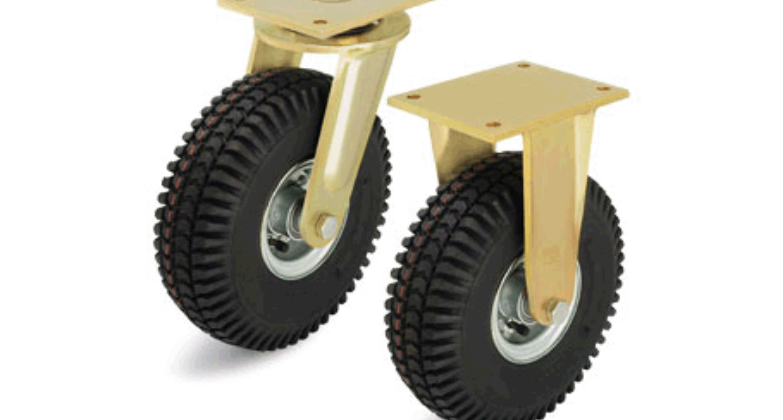
How many times have you heard that you get what you pay for? It’s true for many things and absolutely true with lawn fertilizer. Cheap lawn fertilizer will have you regretting you didn’t spend more.
Alternatively, you can go crazy and pretend your lawn is the 18th green at Pinehurst. With 40 million acres of lawn in the US, fertilizers are big business. So let’s look at the best lawn fertilizer for your lawn – without breaking the bank!
What’s the Best Lawn Fertilizer – It Depends
Knowing what you are trying to accomplish in terms of your lawn is the first step. So before you head down to the store and grab a bag to pour in the spreader, let’s take a look at the options. Sure, you want a better lawn than your neighbor’s, but do your homework first. Getting the best fertilizers for lawns involves a little chemistry.
By the Numbers
Every bag of fertilizer has three numbers on it. Those are the percentages of Nitrogen, Phosphorous, and Potassium. Nitrogen is what helps grass grow and look green and healthy. Healthy root growth comes from the Phosphorous. Potassium helps develop the grass blades and strengthens the roots.
Testing, Testing
The only way to know what the best fertilizers for lawns are is to have a soil test done. That will tell you the percentages of the big three in your dirt. From that, you can figure out what percentages of Nitrogen, Phosphorous, and Potassium you should be applying.
You are guessing without a soil test – or a lot of experience. The pros, like the crew at RDS Lawn Care, can look at your lawn and tell you exactly what it needs. And that way, you can skip the chemistry.
Is Crabgrass a Problem?
If you have persistent problems with crabgrass, you’ll need a targeted herbicide fertilizer. The best are pre-emergent – they kill crabgrass before it sprouts. In addition, you’ll want a slow-release fertilizer that keeps working for six-eight weeks.
Are You Seeding New Grass?
Planting grass in the spring means your baby grass is competing with all the weeds coming up. That means you need a fertilizer that strengthens the new grass and has herbicides to battle the weeds. And that takes a specific formulation. Regular fertilizer will wipe out your seedlings.
Organic Concerns?
There are 100% certified organic fertilizers available, too. Using only natural ingredients – bone, meat, feather, and blood meal, they do an excellent job of feeding your grass and are safe for pets and people. And although they don’t last as long as non-organic fertilizers, they keep feeding grass for 30 days or so. So environmentally, they are the way to go.
Gorgeous Lawns Take Knowledge
Choosing the best lawn fertilizer takes some research, chemistry, and experience. You need to learn your lawn’s chemistry and know what you want to accomplish. But if you’re willing to put in the time, your lawn can be king of the neighborhood!
For more informative and entertaining articles, please look around the rest of our site!







